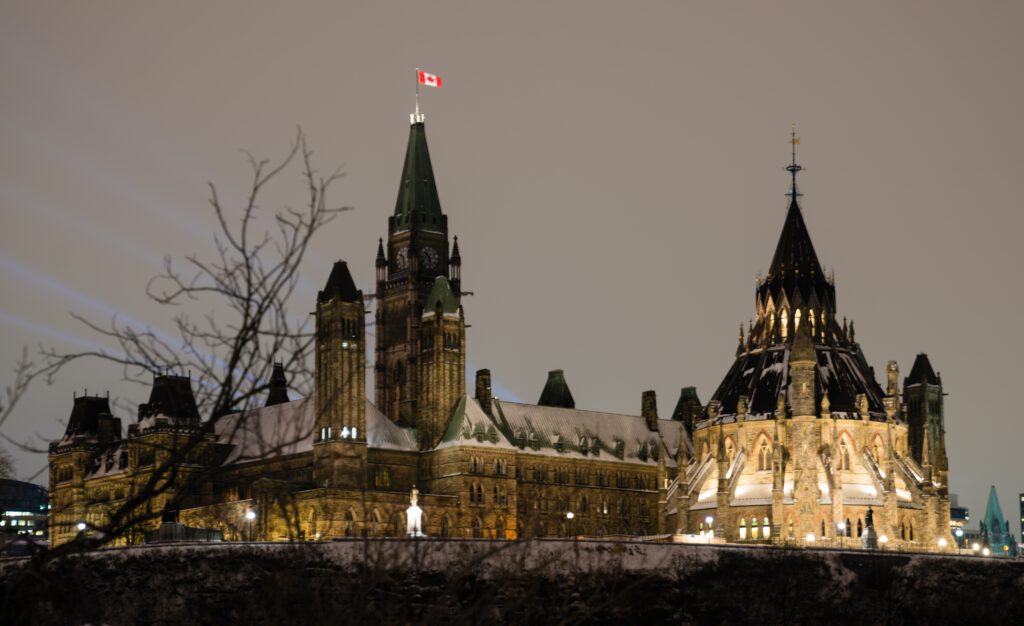Category: Canadian Immigration
From the Archives
Categories:

New Canada-Italy Agreement Expands International Experience Options for Youth
On November 14, it was announced that Canada had come to a new agreement with Italy that gives youth more…

Voluntarily Returning to Country of Origin as a Refugee
Those who seek refugee status in Canada do so because they have no protection in their country of origin. By…

Immigration & Refugee Law Acronyms To Know
If you’re considering applying to immigrate to or seek refugee protection in Canada, it’s essential to understand…

Association With Criminal Organization Not Enough for Inadmissibility to Canada
Although immigration applications are put through an extensive review and assessment process, decision-makers can reach the wrong conclusion. Decisions…

All About the Immigration and Refugee Board
During the Canadian immigration process, it may not be entirely clear to you the difference between each government department…

Why Some Provinces Want More Immigration Control
Last week, we wrote about how Ontario is calling for more immigrants to flow into the province to address…

Things to Know Before Immigrating to Canada
Canada is a great country, with many options for newcomers hoping to start a new life. Moving to Canada is…

What Are My Options After Criminal Inadmissibility?
Applying to come to Canada is no simple feat. What can make it harder is if foreign nationals or…

Understanding How PTSD Affects Immigrants In Canada
June 27th is PTSD Awareness Day in Canada. Post-traumatic stress disorder, or PTSD, is a mental…

Super Visa Changes Set for Later this Summer
On June 7, Immigration, Refugees and Citizenship Canada announced that some changes are coming to the Super Visa program…
